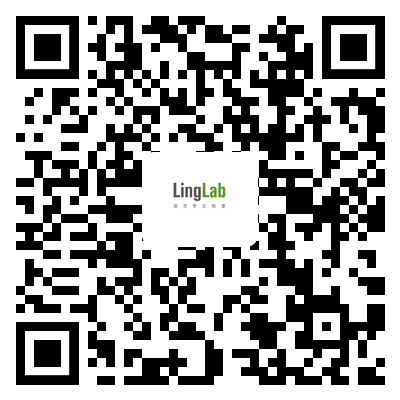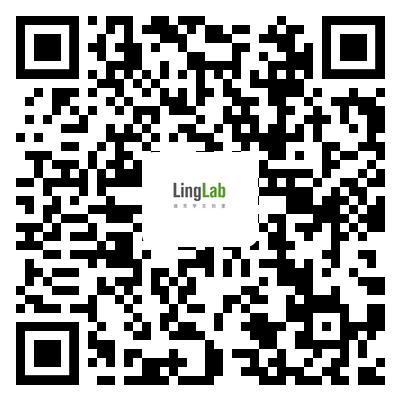424 阅读 6 下载 2021-03-04 16:11:28 上传 10.16 MB
Contents
List of figures
ix
List of tables
xi
List of text box
xiii
List of contributors
xiv
Introduction: theorizing research methods in the ‘golden age’
of applied linguistics research
1
Jim McKinley
PART I
Key concepts and current considerations
13
1 Methodological transparency and its consequences for the quality
and scope of research
15
Emma Marsden
2 Multi-perspective research
29
Brian Paltridge
3 Expanding the scope of mixed methods research in applied
linguistics
39
Mohammad R. Hashemi
4 Sampling: problematizing the issue
52
Masuko Miyahara
5 Ensuring translation fidelity in multilingual research
63
Gene Thompson and Karen Dooley
6 Researching multilingually in applied linguistics
76
Jane Andrews, Prue Holmes, Richard Fay, and Susan DawsonContents
vi
7 Solidarity and the politics of ‘us’: how far can individuals go in
language policy? Research methods in non-Western contexts
87
Cristine G. Severo and Sinfree B. Makoni
8 Advancing quantitative research methods
98
Shawn Loewen and Aline Godfroid
9 Interdisciplinary research
108
Jack Pun
10 Ethics in applied linguistics research
122
Peter I. De Costa, Jongbong Lee, Hima Rawal, and Wendy Li
PART II
Designs and approaches to research
131
11 Experimental and quasi-experimental designs
133
John Rogers and Andrea Révész
12 Case study research: making language learning complexities visible
144
Patricia A. Duff
13 Ethnography: origins, features, accountability, and criticality
154
Li Wei
14 Autoethnography and critical ethnography
165
Sue Starfield
15 Action research in language education
176
Darío Luis Banegas and Sal Consoli
16 Core dimensions of narrative inquiry
188
Gary Barkhuizen
17 Methodological issues in critical discourse studies
199
Christian W. Chun
18 Integrating corpus tools into mixed methods research
211
Ron Martinez
19 Systematic reviews in applied linguistics
230
Ernesto MacaroContents
vii
20 Meta-analysis in applied linguistics
240
Yo In’nami, Rie Koizumi, and Yasuyo Tomita
21 Methods and approaches in language policy research
253
Qing Shao and Xuesong (Andy) Gao
22 Grounded theory method
264
Gregory Hadley
PART III
Data collection methods
277
23 Planning and conducting ethical interviews: power, language
and emotions
279
Louise Rolland, Jean-Marc Dewaele and Beverley Costa
24 Focus groups: capturing the dynamics of group
interaction
290
Nicola Galloway
25 Think-aloud protocols
302
Lawrence Jun Zhang and Donglan Zhang
26 Stimulated recall
312
Hugo Santiago Sanchez and Trevor Grimshaw
27 Questionnaires: implications for effective implementation
324
Janina Iwaniec
28 Observations and field notes: recording lived experiences
336
Xiao Lan Curdt-Christiansen
29 Diaries and journals: collecting insider perspectives in second
language research
348
Heath Rose
30 Oral language elicitation tasks in applied linguistics
research
360
Faidra Faitaki and Victoria A. Murphy
31 Eye tracking as a data collection method
370
Ana Pellicer-Sánchez and Kathy ConklinContents
viii
PART IV
Data analysis
383
32 Using statistical analysis software (R, SPSS)
385
Jenifer Larson-Hall and Atsushi Mizumoto
33 Descriptive statistics in data analysis
398
Jessica Briggs Baffoe-Djan and Sara Ashley Smith
34 Inferential statistics in quantitative data analysis
415
Simone E. Pfenninger and Hannah Neuser
35 Factor analysis and statistical modeling in applied linguistics:
current issues and possibilities
427
Yuliya Ardasheva, Kira J. Carbonneau and Xue Zhang
36 Qualitative content analysis
440
Ali Fuad Selvi
37 Text analysis
453
Wei Wang
38 Analysis of corpora
464
Averil Coxhead
39 A discursive psychological approach to the analysis of talk
and text in applied linguistics
474
Matthew T. Prior and Steven Talmy
40 Multimodal (Inter)action Analysis
488
Jarret Geenen and Jesse Pirini
41 Toward an expansive interactional analysis
500
Suresh Canagarajah, Daisuke Kimura, Mohammad Naseh
Nasrollahi Shahri, and Michael D. Amory
Index
514ix
1.1 Badges indicating open science practices in participating journals
24
5.1 The collaborative serial translation approach (CSTA)
68
5.2 The researcher as translator serial approach (RTSA)
70
9.1 Integrated model of interdisciplinary research process (IRP)
114
9.2 Visualisation of the first and second steps in interdisciplinary research
115
9.3 Visualisation of steps involved in identifying insights for interdisciplinary
research
116
9.4 Visualisation of the process of integration for interdisciplinary research
118
15.1 Action research features
181
15.2 Sample of cycles and stages in an action research project
182
16.1 Narrative study and narrative inquiry
191
16.2 Narrative and interaction
192
16.3 Narrative research and researcher engagement
193
16.4 Storied data
194
16.5 Analysis of narrative and narrative analysis
196
18.1 KWIC concordance sample of the word judge
213
18.2 Interaction among three key variables in corpus research
214
18.3 The Frequency Transparency Framework or the inclusion of multiword
expressions in language teaching
215
18.4 Typical research procedure in quantitative corpus linguistics
221
18.5 Example of mixed-method corpus-informed research design
221
18.6 KWIC concordance of day
223
18.7 List of words that most frequently co-occur (collocate) with day in
9/11 corpus
223
18.8 KWIC concordance of rest in 9/11 corpus
224
18.9 KWIC concordance of work in 9/11 corpus
224
18.10 Sample window of n-grams generated from 9/11 corpus
225
18.11 Concordance of turn on in 9/11 corpus
226
18.12 KWIC concordance of okay (first item in keyword list)
227
20.1 Forest plot of effect sizes of changes in L2 proficiency of Japanese
university students learning English
247
20.2 Funnel plot of effect sizes in relation to standard error
248
22.1 Three stages of grounded theory method
266
27.1 The “thank you and final comments” page
332
28.1 The online coding scheme
340
Figur











